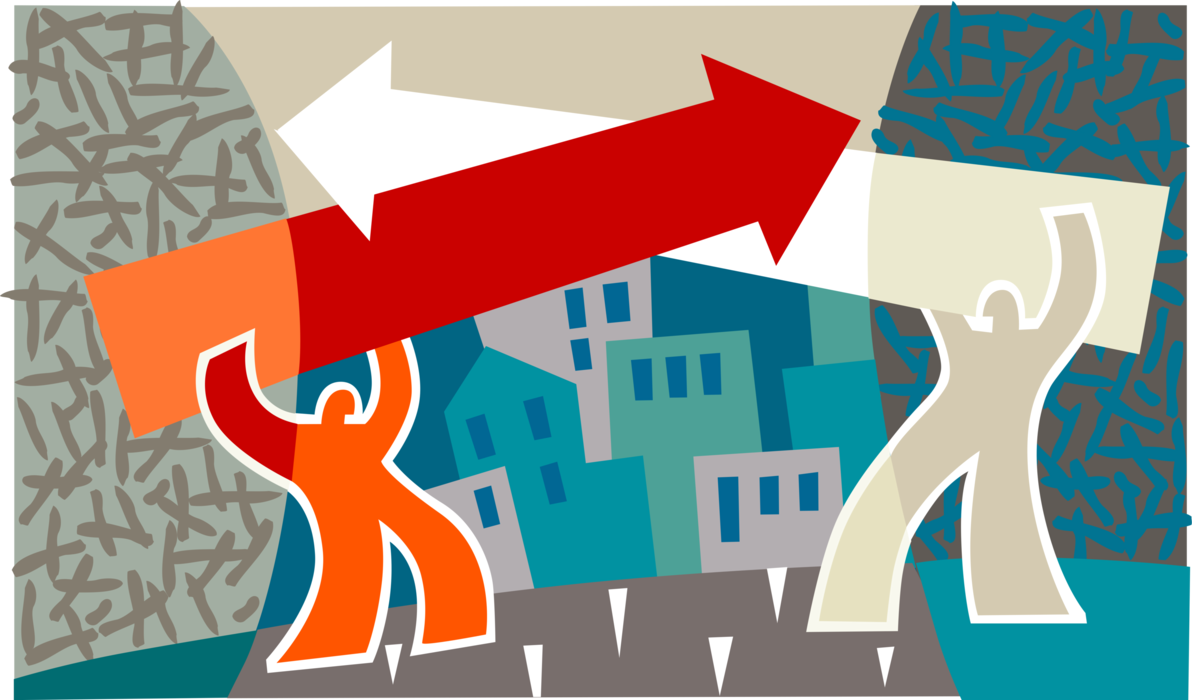Set an Organizational Structure
Set an Organizational Structure

What is an Organizational Structure?
A corporation, organization, or team's organizational structure describes how roles and responsibilities are distributed inside a firm.
It has many levels of administration. However, there might be little to no hierarchy at times, especially in modern business models where communication can go in all directions regarding the role, and participation is much more distributed between employees.
Key aspects of a well-built organizational structure
In order to build an excellent organizational structure, it is necessary to know the key aspects every succesful organizational structure should have to ensure business operability and success.
Well-structured roles and responsibilities
In order to make the best out of the talent in your business, it is essential to develop clear work specialties, most commonly known as working roles and responsibilities. They specify a person's responsibilities within a larger team or within an organization, and also serve as a precaution against a resource shortage.
Clear Department Segmentation
It is of the essence to segment departments among a company so that the workload can be distributed between different teams and tackled from different perspectives. A department could be human resources, sales, marketing, or IT. People in these departments often share common skill sets and work together frequently on projects.
Centralization and decentralization

The words centralization and decentralization allude to how much influence top-level executives have on an organization. Of course, every leader has authority over their teams. However, decision-making at all levels is typically more nimble under decentralized management organizations. Employees are given the freedom to carry out their responsibilities and make choices as they see suitable. This is especially crucial as it improves the company's overall performance and increases employees' feelings of belonging.
Process documentation
Documenting your processes is the first step in assessing it. This is crucial because you can then assess further what is still effective and what needs to be changed in order to be successful. By documenting our operations, we can remain on top of trends and change our logistical procedures to meet changing business needs and technological advancements.
On the other hand, by documenting our processes, we gain a clear understanding of the personnel, tasks, and resources in general that we must devote to producing our final good or service.
Making thorough flowcharts of your processes and being aware of the impact each link in the value chain has on them is the best approach to documenting them. These flowcharts must list the steps, the participants, any particular instructions, etc.
Check out this video if you want to learn more about how to build flowcharts like an expert: https://www.techsmith.com/blog/process-documentation/
We encourage you to watch our video,
"Key Components of a Business Plan",
here
if you enjoyed this article and want to learn more about how to create your own business plan form scratch.
If you liked this post, don’t forget to share it, and let us know what you think in the comments!









